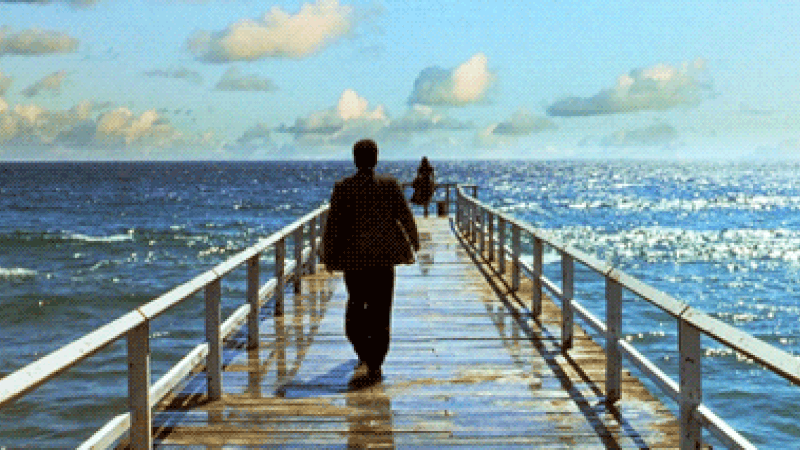Dark City: Why This Sci-Fi Mindbender Is Unfairly Overlooked
Dark City is one of those movies that people seem to either love or have never seen.
This article is more than 2 years old
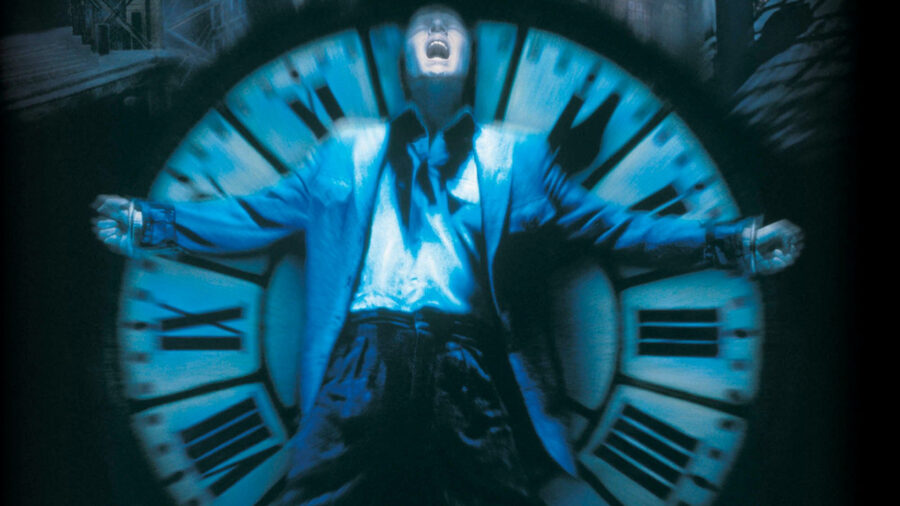
Dark City is one of those movies that people seem to either love or have never seen. Whenever you bring up Alex Proyas’s 1998 sci-fi noir, those who know what it is react with joy. The film has maintained a strong cult following over the years with critical adoration coming from such luminaries as Roger Ebert.
And yet, Dark City has never been able to properly establish itself as a bonafide classic. For some reason, it has only remained beloved by a relatively small portion of the pop culture populace. Why is that?
Let’s find out. But first, let’s examine exactly why Dark City is such a triumph for science-fiction cinema.
How Dark City Was Masterfully Made
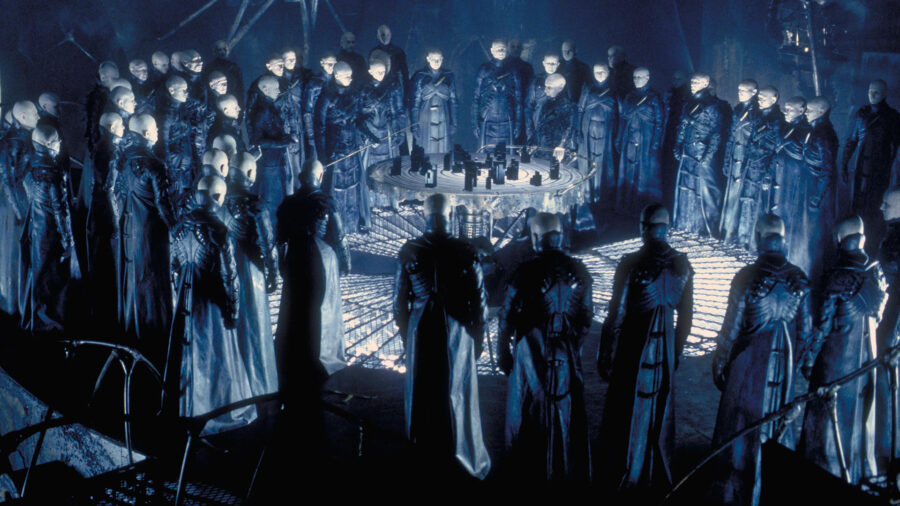
Dark City marks the pinnacle of director Alex Proyas’s effects-driven style of filmmaking. He’d made a huge impression with The Crow in 1994 and this was his big-budget follow-up that looked to be an even more visionary experience. With a reported budget of $27 million (around $43 million today), Proyas embarked on a journey to create a world that hearkened back to the surreal landscape of movies like Metropolis, Brazil, and The City of Lost Children. Dark City would be a testament to the power of truly fantastical storytelling.
In that regard, Dark City is a resounding success. The entire film was shot on constructed sets with absolutely no location shoots. This adds a sense of intentional falseness to the whole endeavor and is vital for where the story goes. Production designer Patrick Tatopoulos reinforces a looming sense of unease around every corner. As he described in an interview with Cinefantastique:
“It’s a city built of pieces of cities. A corner from one place, another from someplace else. So, you don’t really know where you are. A piece will look like a street in London, but a portion of the architecture looks like New York, but the bottom of the architecture looks again like a European city. You’re there, but you don’t know where you are. It’s like every time you travel, you’ll be lost.”
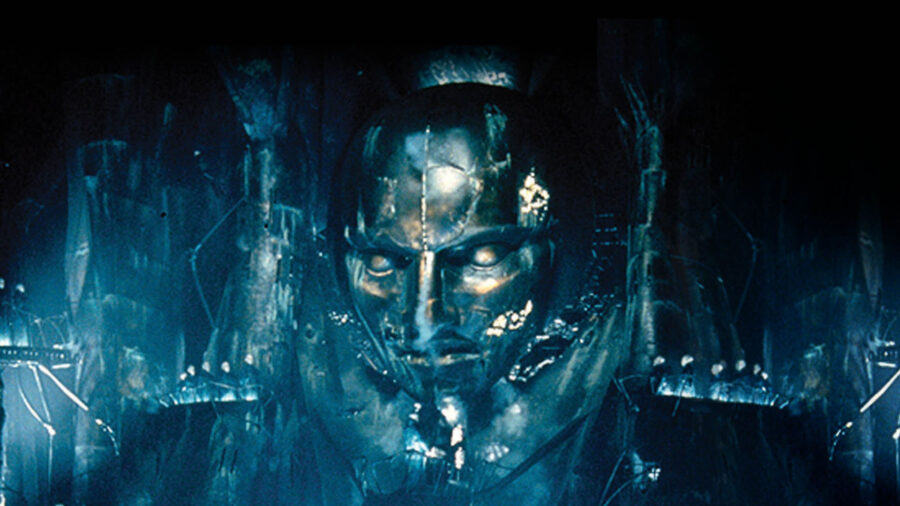
Dark City as a piece of production design alone is stunning. From the sets to the costumes to the score by Trevor Jones, everything is working in unison to bring to life a very specific vision. But, what matters most is whether or not the story and characters thrive in this extraordinary world. Thankfully, Dark City punctuates itself with a thrilling mystery that ends up questioning the very nature of reality itself. The story of John Murdoch (Rufus Sewell) is a compelling puzzle that ends up unlocking the secrets of the story in a propulsive fashion.
Speaking of Rufus Sewell, the cast of Dark City is delightfully eclectic, with singular performances from not only Sewell, but Kiefer Sutherland and Richard O’Brien as well. William Hurt and Jennifer Connelly slot in perfectly to their film noir archetypes, and you can tell that everyone involved is committed to the uniqueness of the project.
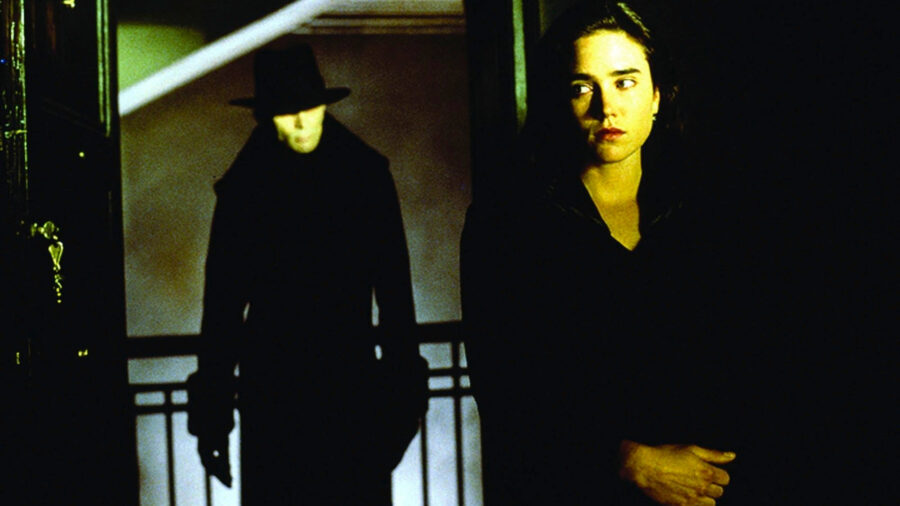
Without spoiling it entirely, a huge part of that uniqueness has to do with the themes and twists of the movie. Dark City represents an era of sci-fi cinema that was exclusively asking one big question: what is reality? We’ll talk about that more a little bit later, but suffice to say that Dark City is a movie with a lot on its mind and a willingness to execute those ideas in a dynamic and engaging way.
So, with all this in its corner, why is it that Dark City isn’t as heralded as it should be? We’re going to have to take the red pill to answer that question…
Why It’s Unfairly Overlooked
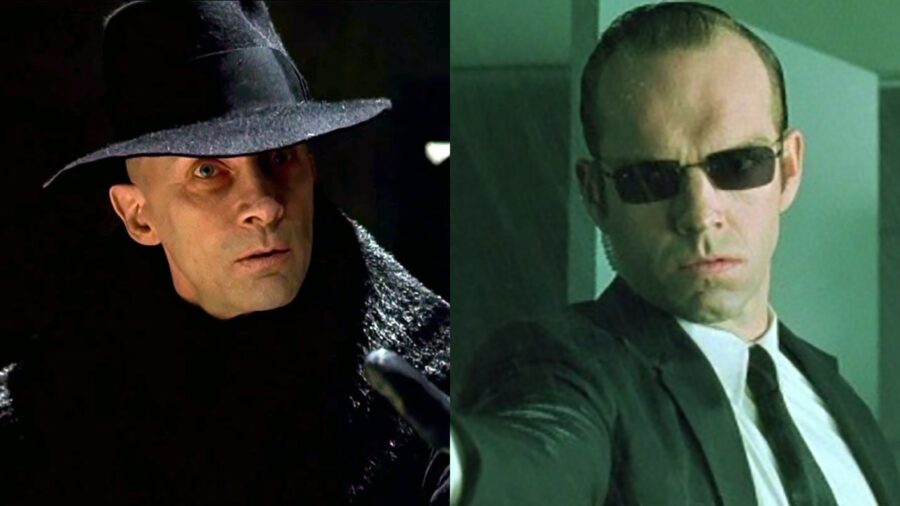
Dark City came out a year before The Matrix and explored many similar sci-fi ideas as a blockbuster smash. In fact, a number of films in the late ’90s – eXistenZ, The Thirteenth Floor, The Truman Show – were treading the same existential ground. However, The Matrix was the one that truly captured mainstream audiences’ imaginations and became a pop culture juggernaut. Granted, it was also the most action-packed and modern-feeling of all those films. Interesting tidbit: The Matrix actually shot on the sets that had been made for Dark City!
This isn’t to lay the blame solely on The Matrix for overshadowing Dark City. Proyas’s film is more deliberately obtuse and distancing at first, making it a hard movie to jump right into. In fact, New Line Cinema anticipated this and had the film reconfigured to make it clearer to wide-release viewers. This includes the addition of a voiceover that spoils the film in its opening seconds. Luckily, Proyas was able to release a Director’s Cut of the film years later and it is easily the preferred version to watch.
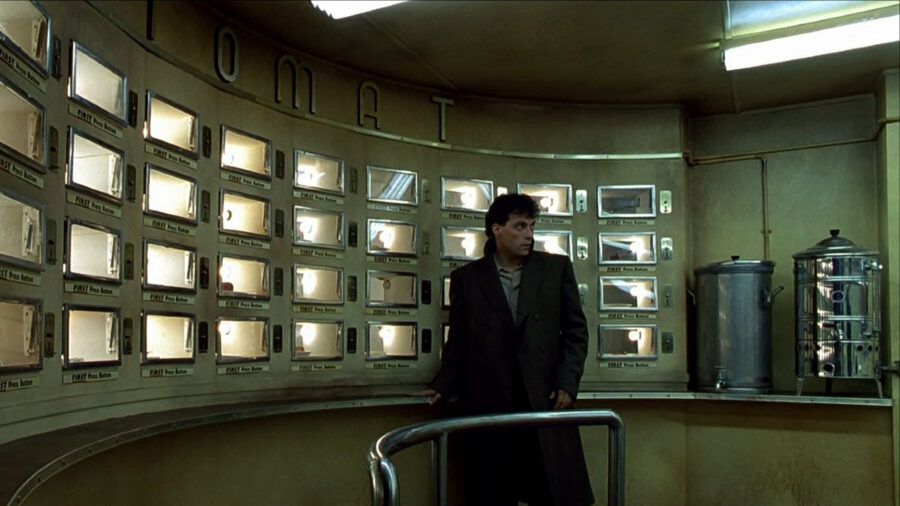
However, much like the equally overlooked Doom Patrol, Dark City might just be too weird to ever truly click with a large enough number of people. That’s probably why it has stayed an oddity that film fans adore. Movies that manage a genuine sense of originality are often so particular that only particular tastes will savor it.
Dark City is unabashed in its eccentricities and relishes the hypnotic, mystifying world it creates. That spellbinding aura won’t work on everyone, but those who do find themselves lured into the shifting corridors of this puzzle of a film will be rewarded with an adventure that is unforgettable. Open your mind and see the truth…
